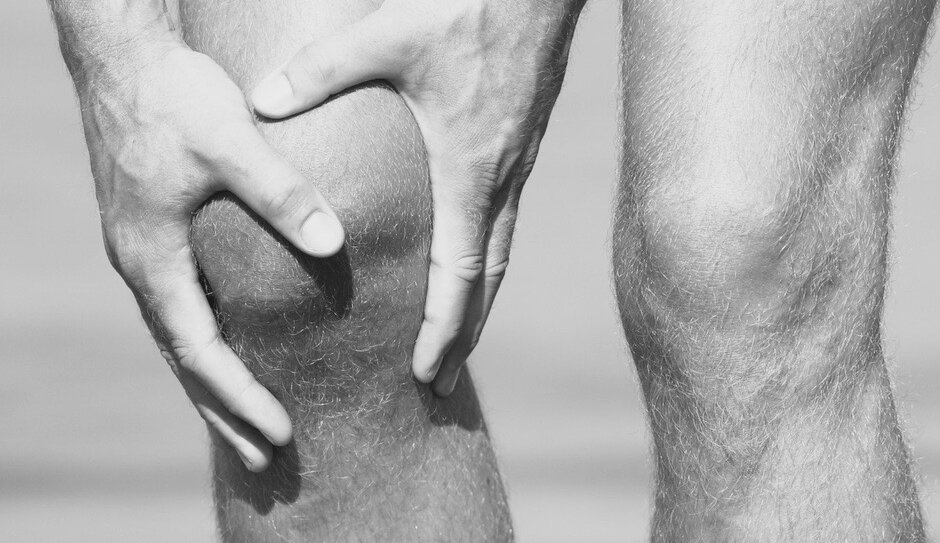Osteoarthritis In The Knee
Osteoarthritis is a degenerative joint disease which can cause pain, stiffness, and swelling within a joint. It can occur in any joint in the body, but one of the most common areas is in the knee, with estimates that 250 million suffer from knee osteoarthritis globally. It is equally common in both women and men and becomes more common as we age.
Knee osteoarthritis occurs when the cartilage within the knee joint begins to breakdown. Cartilage is a smooth, shiny substance that covers the end of a bone and acts as a shock absorber in the joint. It allows the bones of the knee to slide smoothly on each other when the knee moves. The knee is one of the main weight-bearing joints in the body, so there is a lot of force going through the joint when we are standing or walking. The cartilage is one of the key structures that absorbs these forces and protects the bone.
When the cartilage breaks down, that protection is no longer there resulting in stiffness and pain in the knee. The muscles around the knee can become tight, tender and weak which leaves the cartilage vulnerable to further wear. In severe cases the cartilage can completely erode away so eventually there becomes bone on bone contact, which is extremely painful.
Osteoarthritis normally progresses slowly over a period of months to years. At first, pain may only be felt after lots of activity, but as the disease progresses, pain may be felt when first getting up in the morning and come on during normal day to day activities such as walking up and down the stairs.
What Can Be Done About It?
It is often thought that there is nothing that can be done for osteoarthritis but there are many ways that the condition can be managed so that pain levels can be reduced and activity levels increased. In fact, many people who have been diagnosed with osteoarthritis live a completely normal life without much pain at all. The key is figuring out what structures are causing most of your pain - the joint, the muscle, or the nerve. Each of these components can be treated and settled down. It is also important to identify if there are any other factors that have contributed to the arthritis such as a weakness in the hip or flat feet. These issues can be treated which can take a lot of pressure off the knee.
The prevalence of arthritis or wear and tear in the knee is such that most of us will experience it at some point, or will certainly know a close friend or relative who has problems with it. In almost all cases there are many things that can be done to reduce symptoms and stop the condition worsening. The sooner that a rehabilitation program is started, the more manageable a condition this will be.
Knee Osteoarthritis is just one of the knee conditions we specialise in treating at The Physiotherapy Place. For more information, you can download our free e-book on knee pain here or if you would prefer to speak with an expert physiotherapist about your specific case, get in touch to arrange a FREE 15 minute telephone consultation.


